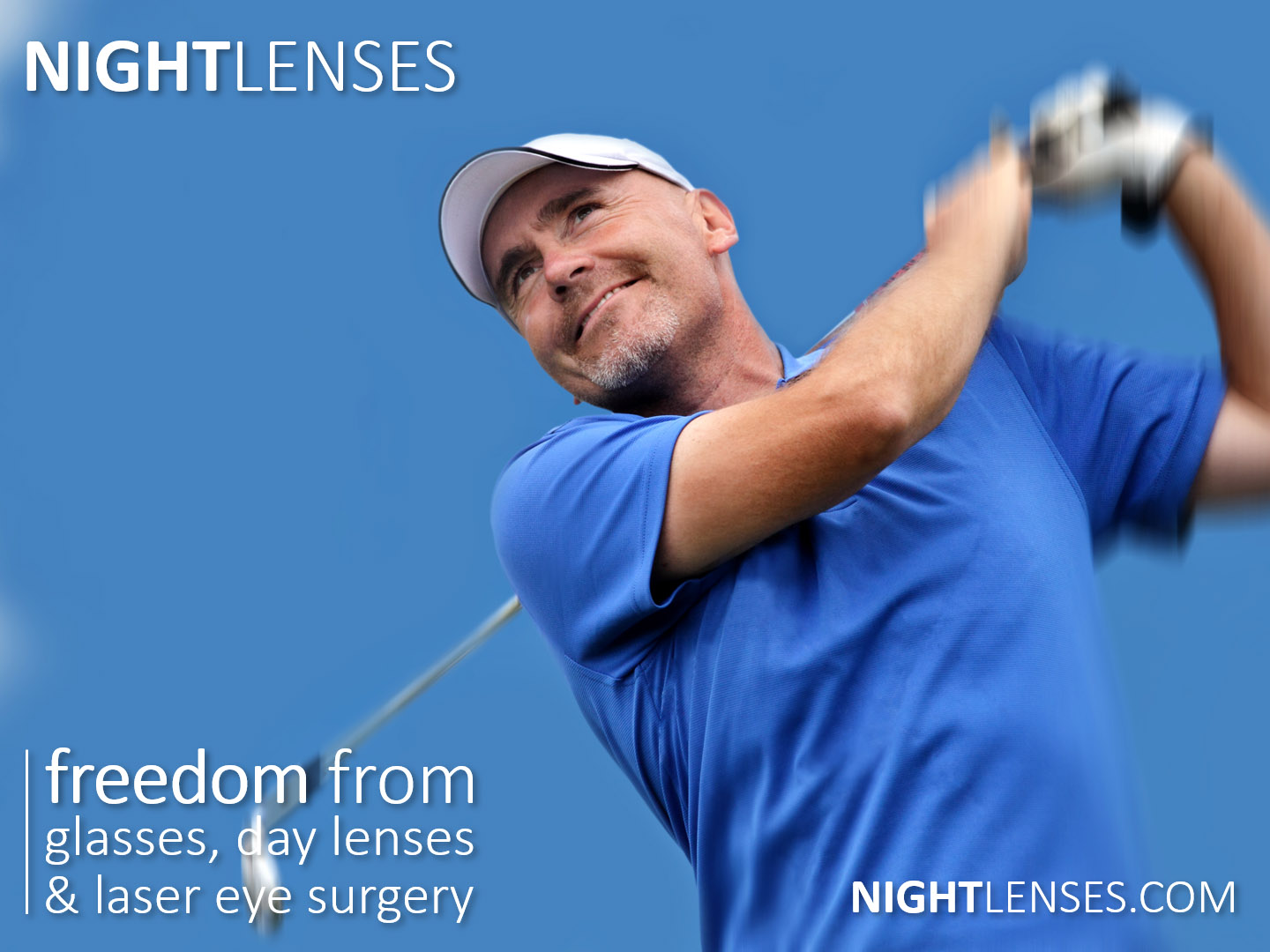2024 is here and with it the chance to embrace new ways of living and implement new healthier habits.
New Year’s resolutions have existed for centuries and can be traced to the ancient Babylonians who are said to have been the first people to make New Year’s resolutions, some 4,000 years ago. Making subtle changes to your lifestyle can help improve your eye health and minimise your risk of developing common eye conditions in older age such as age-related macular degeneration (AMD) and cataracts.
1. Eat right for good sight
Eating a healthy balanced diet can reduce your risk of developing common eye conditions. Eye friendly nutrients found in many fruits and vegetables including spinach, red peppers, kale, leeks, avocado, peaches and blueberries can help to protect against age-related macular degeneration (AMD) – a condition that impairs the vision of more than 600,000 people in the UK and is the leading cause of blindness in the western world.
Cold water fish such as sardines, mackerel and tuna are all excellent sources of DHA and Omega-3 fatty acids, which provide structural support to cell membranes in the eye and are recommended for dry eye, the treatment of macular degeneration and general sight preservation.
Recent research has shown how eating fish just once a week can reduce your risk of developing early AMD by up to 40 per cent.
2. Exercise regularly
The eyes need oxygen to stay healthy and comfortable. Growing scientific evidence suggests that aerobic exercise can increase crucial oxygen supplies to the optic nerve and lower pressure in the eye.
Reducing intraocular ‘eye’ pressure can help control conditions such as glaucoma and ocular hypertension. Aerobic exercise can also prevent the progression of diabetes, which in severe cases can lead to diabetic retinopathy.
To gain any health benefit from exercise the Department of Health recommends doing 30 minutes exercise five days a week. Brisk walks, cycling and swimming are all excellent ways to reduce intraocular pressure.
Remember to consult your GP before commencing any new exercise programme.
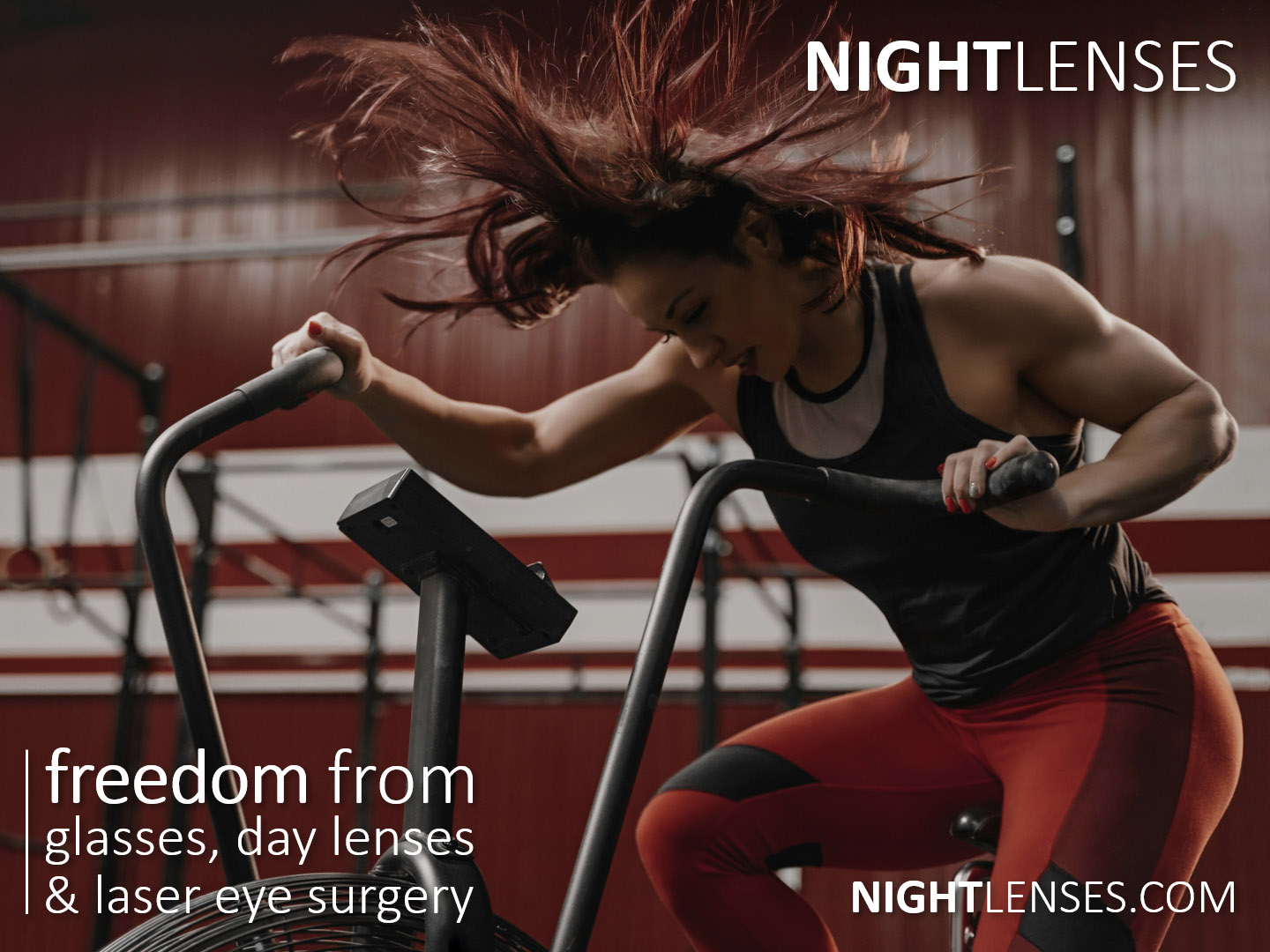
3. Get a good night’s sleep
A good night’s sleep can help keep your eyes feeling bright and refreshed. Lack of sleep and fatigue can lead to your eyes becoming sore, irritated, puffy, red and bloodshot.
A quick fix for relieving your eyes from any discomfort caused by lack of sleep is to place a cold compress – wet tea bags, slices of cucumber or a cold wet facecloth – over your eyes then lie back and relax for ten minutes.
4. Don’t smoke
Smokers have a significantly higher risk of eye disease than non-smokers. According to research published by the RNIB smokers are twice as likely to lose their sight in later life than non-smokers.
Tobacco chemicals damage the blood vessels behind your eyes and increase your risk of developing age-related macular degeneration (AMD).
However, the good news is that if you quit smoking your risk of developing AMD begins to decline.
Smoking is also associated with other eye diseases including cataracts.
5. Protect your eyes
According to the British Safety Council, nearly a quarter of a million of us will injure our eyes this year with almost 50 per cent of these injuries occurring because of accidents in the home.
A staggering 20,000 eye accidents a year – one every 25 minutes! – are as a direct result of DIY.
Whilst sport is now the biggest cause of hospital admission for serious eye injuries in the UK – one in three squash players will suffer some form of eye injury.
Using inexpensive safety goggles to protect your eyes when you’re in a situation that poses a risk to your eyes can help prevent injury and keep your eyes healthy.
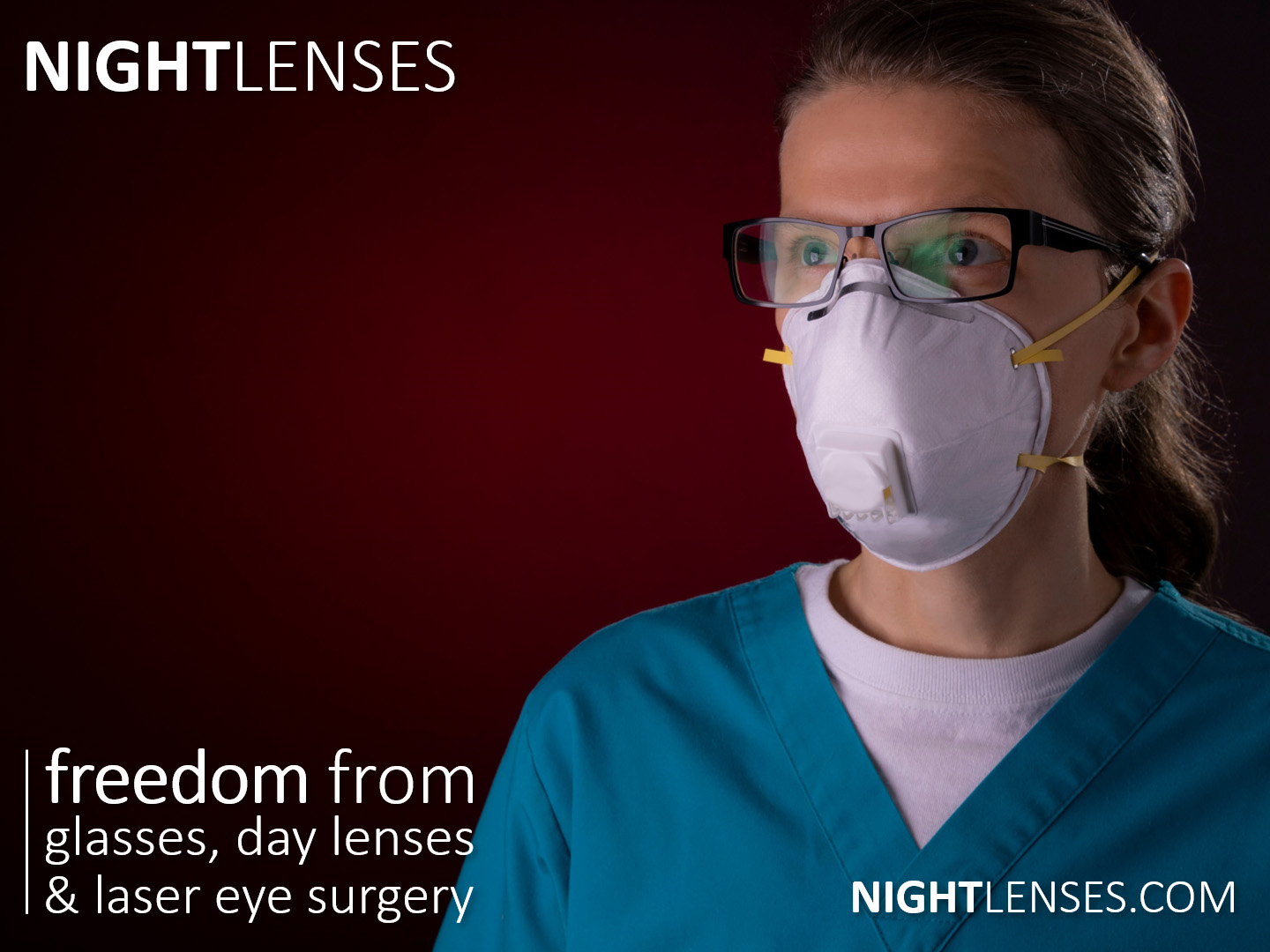
6. Limit the amount of alcohol that you drink
Drinking too much alcohol interferes with your liver functions reducing the levels of glutathione an efficient antioxidant that can help protect against common eye disease.
The Department of Health advises that men should not drink more than three to four units of alcohol per day, and women should drink no more than two to three units of alcohol per day.
7. Protect your eyes against the damaging affects of UV light
Excessive exposure to the sun’s UV rays can lead to a sunburn-like condition called photokeratitis. This can be extremely painful and make your eyes red, swollen and watery. The symptoms of photokeratitis – an inflammation of the outer layer of the cornea, typically occur after 6 – 12 hours exposure and will normally clear up quickly causing no permanent damage to the eye.
Believe it or not, the most common skiing injury is not to legs or arms – but to eyes!
It’s not flailing ski sticks that pose the threat either, but high levels of ultra-violet (UV) light which are highest when the atmosphere is very clear – such as on the ski slopes and the problem is made worse by snow which reflects light. Be smart and wear quality sunglasses or goggles.
However, the damaging effects of ultraviolet (UV) are cumulative and over a long period your risk of developing cataracts and other age-related conditions increases significantly.
By the age of 18 more than half-a-lifetime’s worth of UV light will have been absorbed by a child’s eyes so it’s never too early to start protecting your eyes.
Sunglasses protect our eyes from UV light, which can be harmful to the eye, especially for prolonged periods, or as an accumulation over years of exposure. By wearing sunglasses, not only will you protect the fragile skin around your eyes (no thank you, crows feet!), but your eyes too. UV light is still present even on cloudy days, so pick a pair of sunglasses that you love and wear them regularly.
Ensure that your sunglasses filter AT LEAST 99 per cent of UVA and UVB light and look out for the CE or BS EN 1836:1997 marks when choosing your sunglasses. Sunglasses are available in prescription if you wear glasses – and most prescriptions can be made for wrapped sports-style sunglasses and also polarised including Oakley and RayBans.
Many of our spectacle lenses are treated with a coating or have a material built in to absorb 100% of harmful UV rays – you can put an additional coating on them to ensure this
Please ask us for advice.
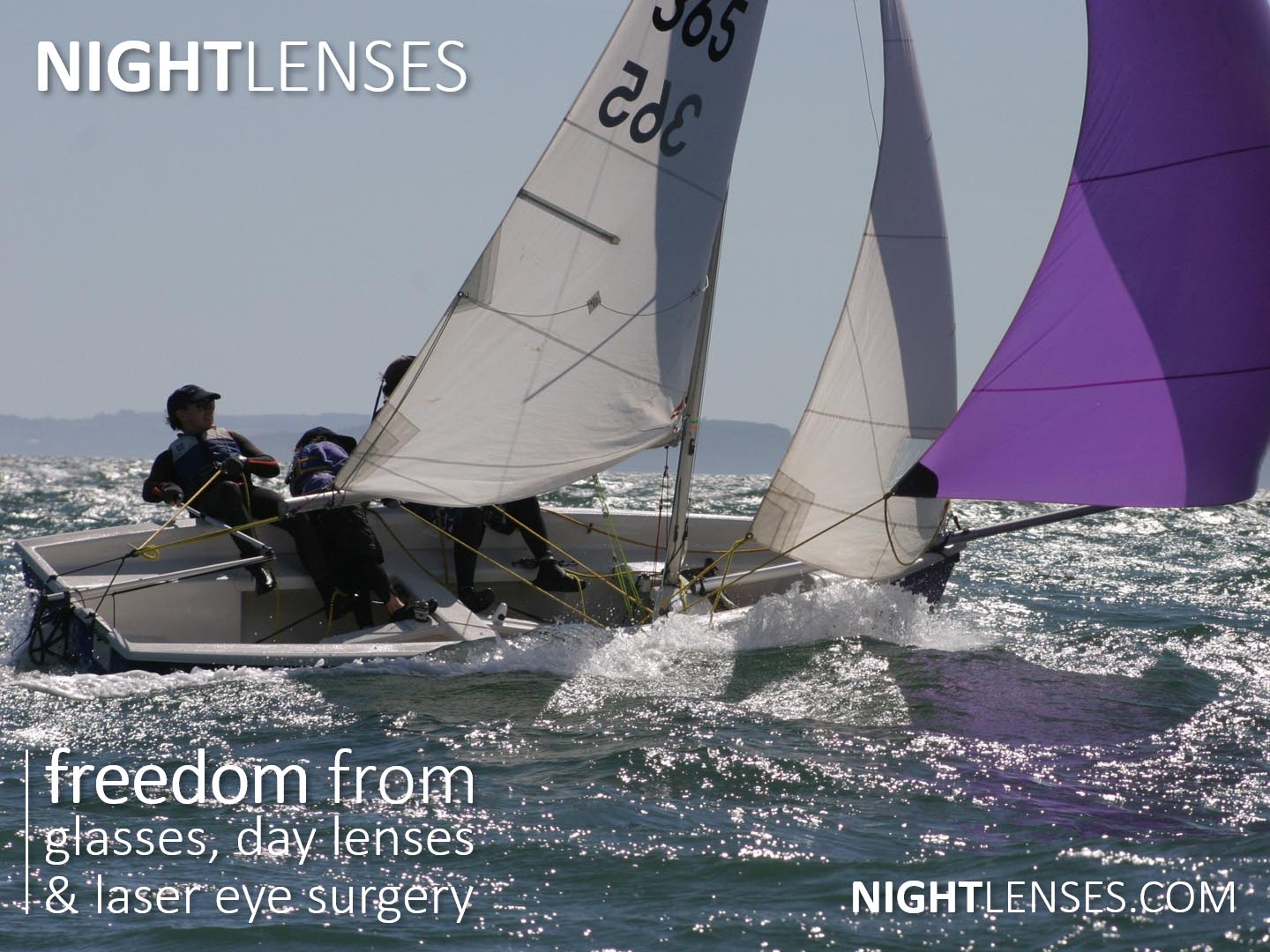
8. Watch your weight and maintain a healthy BMI
A recent review of various research publications looked at links between various measures of obesity – BMI (Body Mass Index), WC (Waist Circumference), WHR (Waist to Hip Ratio) – and age-related eye disease.
BMI-defined obesity was linked with increases in cataract, age-related-macula degeneration (ARMD) and diabetic retinopathy in Western populations. WC-defined obesity was associated with increased glaucoma in non-Western people. WHR-defined obesity was linked with progression of ARMD in tow Western studies.
Maintaining a healthy weight has been shown to preserve macular pigment density which, in turn, helps to protect the retina against the breakdown of cells and the onset of age-related macular degeneration (AMD). People with higher BMI indexes tend to have low pigment density and therefore are at greater risk of AMD. Loss of weight has been shown to increase levels of lutein and zeaxanthin in the blood – two vitamins that are essential for macula health.
Damage to blood vessels in the eye caused by excess body weight has also been linked to the onset of glaucoma and diabetes.
Body mass index (BMI) is a measure of body fat based on height and weight that applies to both adult men and women. To calculate your BMI yourself, work out your height in metres your weight in kilograms. Divide your weight by your height squared.
So, if you are 1.5m tall and weigh 60kg. The calculation would be: 1.6 x 1.6 = 2.25. BMI would be 60 divided by 2.25 = 26.66. Then check the results below to see where you come.
You are considered underweight if your BMI is equal to or less than 18.5
You are considered normal weight if your BMI is between 18.5 and 24.9
You are considered overweight if your BMI is between 25 and 29.9
You are considered obese if your BMI is 30 or greater
Waist circumference (WC) is a measure of abdominal obesity that indicates the amount of fat around the waist. Abdominal obesity is associated with higher risk of heart disease, type 2 diabetes, and other chronic diseases. The risk increases with a WC that is greater than 35 inches for women or 40 inches for men, or 80 cm for women or 94 cm for men. A WC greater than 88 cm for women or 102 cm for men is considered substantially increased risk.
The waist-to-hip ratio (WHR) is calculated by dividing your waist circumference by your hip circumference. According to the NHS, if your waist is 94cm (37in) or more for men, or 80cm (31.5in) or more for women, this is considered an increased health risk, regardless of your height or BMI. In women, a WHR greater than 0.85 is associated with greater than average risk, while in men, a WHR greater than 1.00 is associated with greater than average risk.
Please see more information about these measures at Obesity - NHS (www.nhs.uk) and seek advice from your GP. You can download the free NHS Weight Loss Plan at Lose weight - Better Health - NHS (www.nhs.uk)
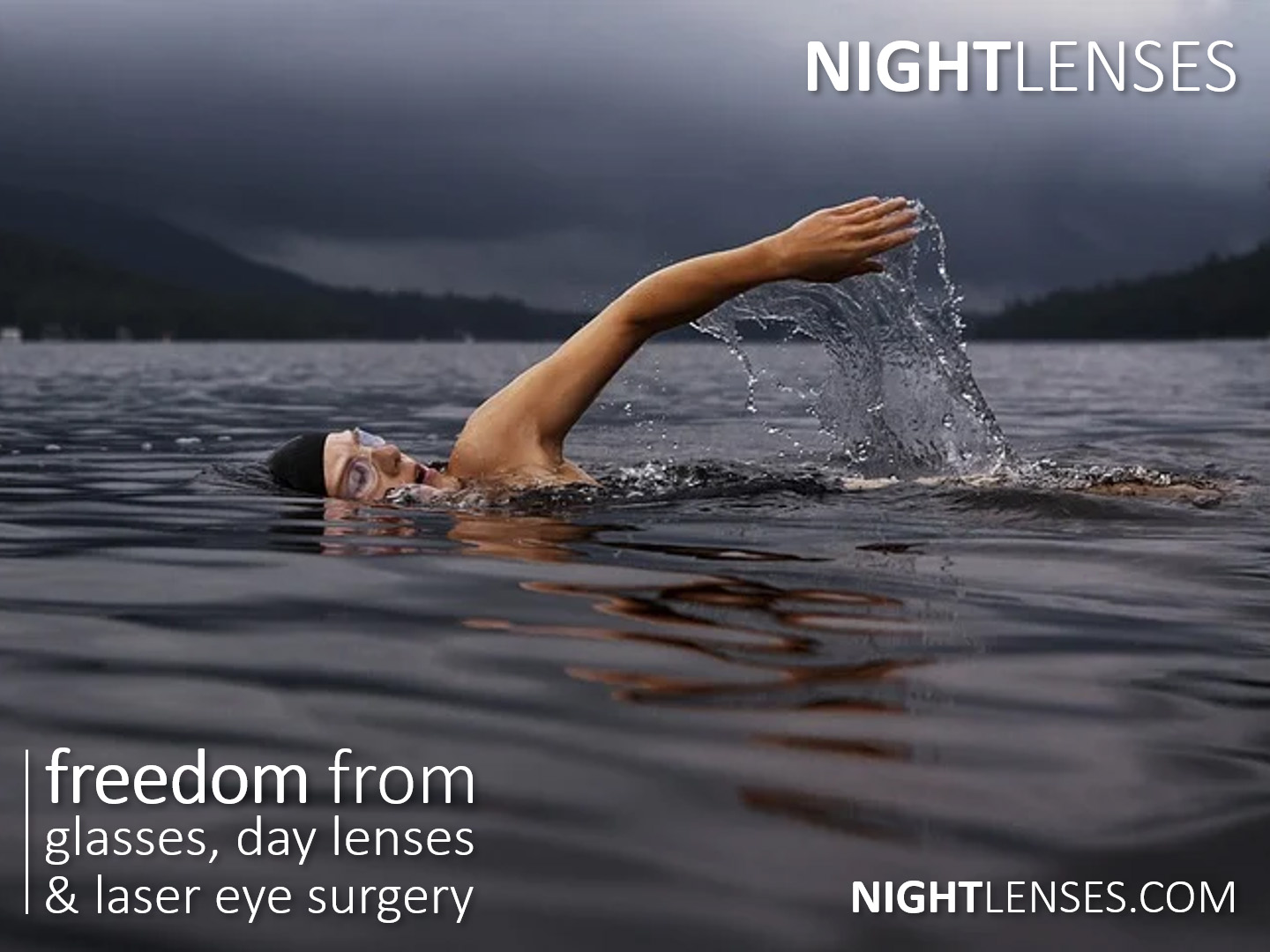
9. Drink plenty of water
The human body is made up of 70 per cent water. Water is essential to the normal working of the body and for keeping your eyes healthy. Dehydration can lead to dry, sore and irritated eyes. The Food Standards Agency recommends that you drink approximately 1.2 litres (6-8 glasses) of water every day and more when you exercise or if the weather is hot.
10. Talk to your family about their eye health
Make eye health part of your conversations about the family’s medical history, as some eye conditions, like Glaucoma, can be hereditary.
A regular, thorough eye exam will enable your optician be able to check your eye pressure and monitor any changes to the health of your eyes since your last visit..
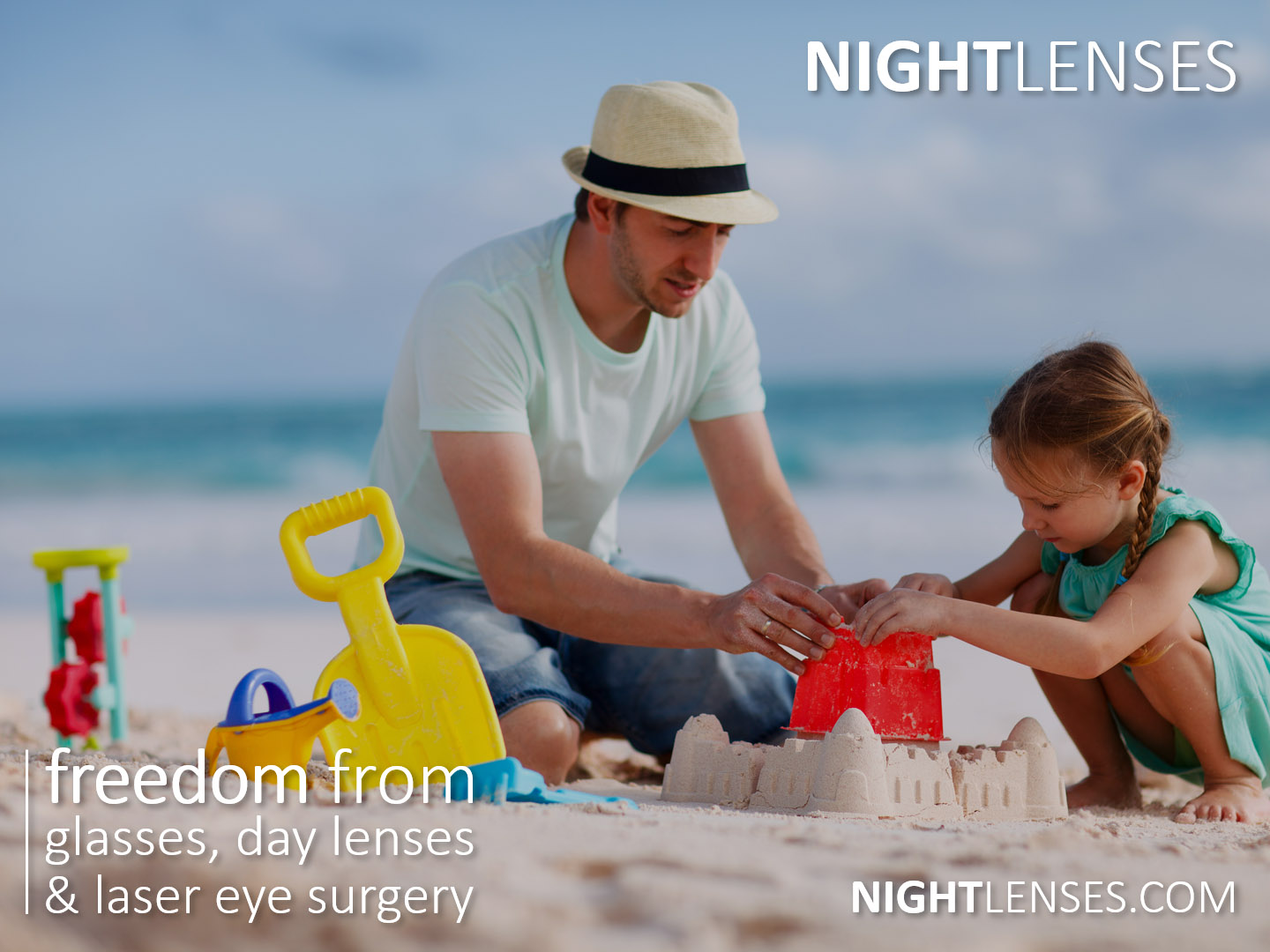
11. Practice healthy hand hygiene
Simple yet effective in protecting you from all kinds of nasties – including eye infections – the health benefits of washing hands regularly should not be overlooked. Especially important if you are a contact lens wearer, ensure your hands are clean before handling lenses or rubbing or touching your eye area.
12. Reduce screen time
In our always-on culture, many of us spend a large portion of our days staring at screens. Too much screen time can lead to eye strain, with symptoms such as blurred vision, headaches and burning eye causing discomfort. To avoid eye strain, take regular breaks away from your computer or mobile device. Encourage the kids to look away from their devices and follow the 20-20-20 rule: Every 20 minutes look at something 20 feet away for 20 seconds!
13. Daydream using the 20/20/20 rule
Daydreaming is now expressly permitted. Active breaks are essential as eyes are strained by constant near work on the computer and other screens. The 20-20-20 rule is an easy-to-remember exercise for the eyes: Look away from the screen every 20 minutes and focus on something at least 20 feet (or 6 meters) away for 20 seconds. So, sit back and let your gaze wander into the distance.
14. Don't forget to blink
Blinking happens quite automatically and has a practical function. Our eyelids distribute tear fluid on the surface of the eye every time we blink to keep it moist and prevent the cornea from drying out. In daily life, we blink about 15 to 20 times per minute. When we focus on the computer or television, we blink less frequently. Burning, itching, or dry eyes are often the result. Blinking ten times in succession can provide relief.
15. Adequate lighting (especially in the home office)
Eyes get tired very quickly if they constantly have to compensate for contrasts. That's why it's crucial to have sufficient lighting at home, at work, and in all other instances where your eyes may be under some sort of strain, such as when reading in bed. A classic table or bedside lamp with a small light source looks pretty but usually increases the contrast. It is better to use lighting solutions that distribute sufficiently bright light throughout the room. If working from home, workstations should be ideally located in front of a window so the eyes can wander into the distance.
16. Fresh air
Getting out and enjoying the fresh air by walking is essential for physical fitness and good, healthy vision. A walk can help relax overtired eyes. If a short exercise session outdoors is not possible, don't forget to ventilate the room! Especially in the cold season, many rooms are also overheated and lack humidity.
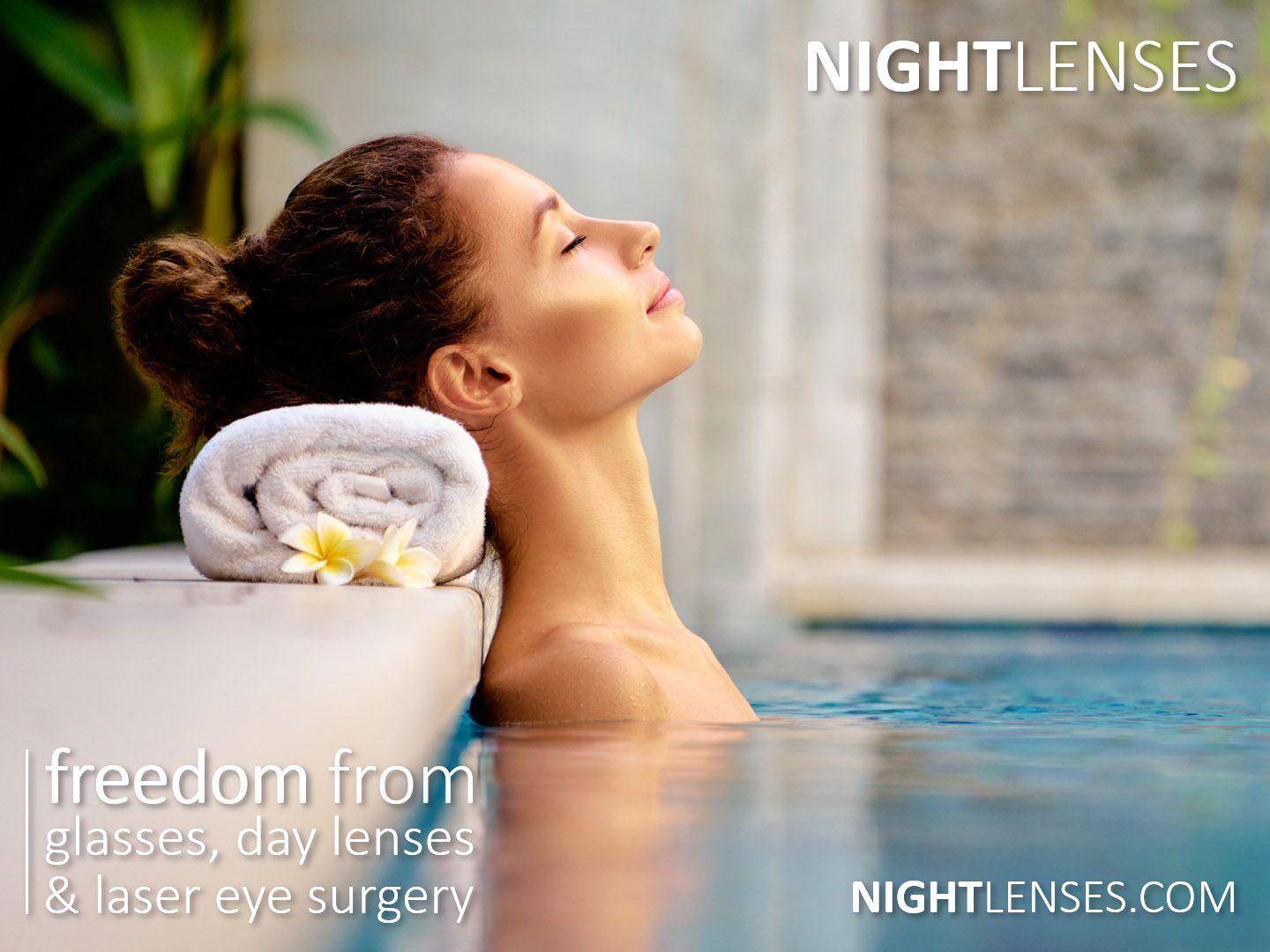
17. Don't use digital devices before going to bed
There’s a well-known suspicion that people exposed to blue light from screens and monitors just before bed have trouble falling asleep or complain of poor sleep quality. A part of blue light impacts our circadian rhythm, synchronizing the biological clock and controlling the wake-sleep cycle. The light intensity of smartphones and digital devices influences sleep patterns. Before going to bed, simply set your smartphone and tablet aside in time.
18. Blue lens coatings
Although studies are mixed as to whether long term artificial blue light from LEDs and smartphone screens can cause any eye diseases such as ARMD or cataract, it can definitely have an impact on our visual comfort, wellbeing, and our wake-sleep cycle.
Blue light causes greater “scatter” of light with increased perception of glare, subjective reduction of contrast and blurred vision. Longitudinal chromatic distortion (LCD) causes greater need for accommodation (focusing) changes and resulting irritation.
Special glasses are available for video gamers and esport players – with a huge increase in sales after Covid 2020 due to the many hours sat in front of such screens. The same blue lens coatings are available on your spectacle lenses if you spend a lot of time on LED or smart phone screens.
Which also brings us back to resolutions 9 to 16 above.
19. Have regular eye examinations
It is recommended that you have an eye examination once every two years unless advised otherwise by your optometrist. An eye examination will not only detect problems with your vision, but it can also uncover a number of other underlying health problems:
Diabetes
Cataracts
Macular degeneration
High blood pressure
Glaucoma
In very rare cases, even tumours.
Book an eye test if you notice any changes to your eyesight or if you are experiencing any symptoms that concern you. Your optician can send you a reminder when you are due for your next check-up so that you don’t forget to make an appointment.
20. Push back against myopia
There has been a huge increase in myopia over the last 50 years and especially in the last 10 years with increasing time spent indoors and in front of screens etc. As well as the visual difficulties and need to wear glasses, myopia – in particular high myopia over 5 dioptres – has been linked to increased ARMD, glaucoma, cataract, and retinal detachment.
If you are myopic, it is more important to have very regular eye examinations and keep your prescription up to date as well as spend as much time outside as possible – 15 hours per week or 3 hours every week day is recommended.
There are now a number of relatively new products to help reduce the progression of your myopia:
- “Night lenses” - see our page
- special spectacle lenses (“MiyoSmart”)
- Daily soft contact lenses (“MySight”)
All of these should ideally be started as early as possible.
Please ask us for advice about Myopia Management.
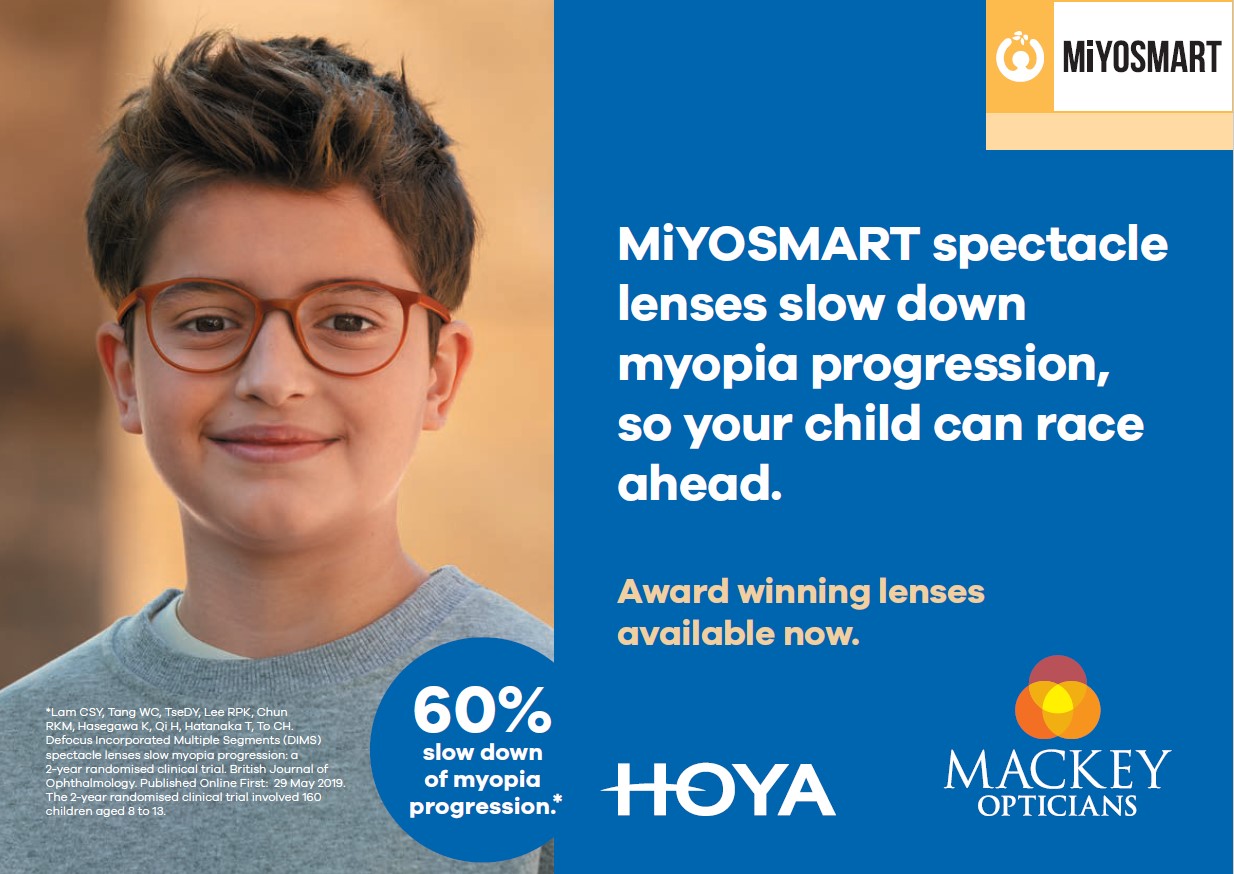
Stay Up To Date With The Latest News
Be informed about our exclusive sales and top deals.
